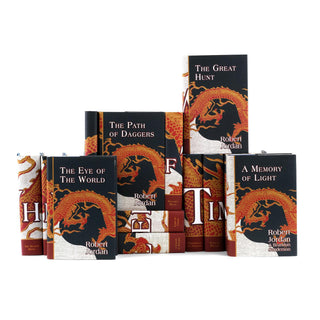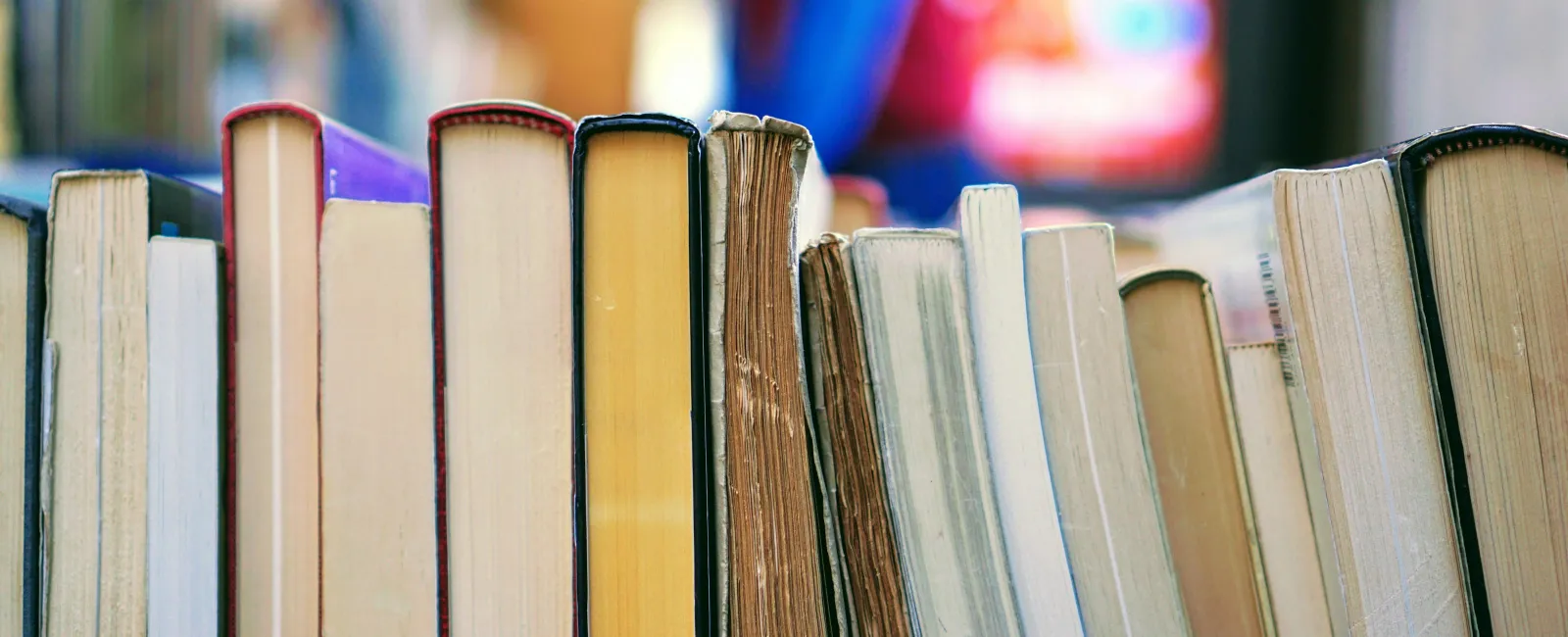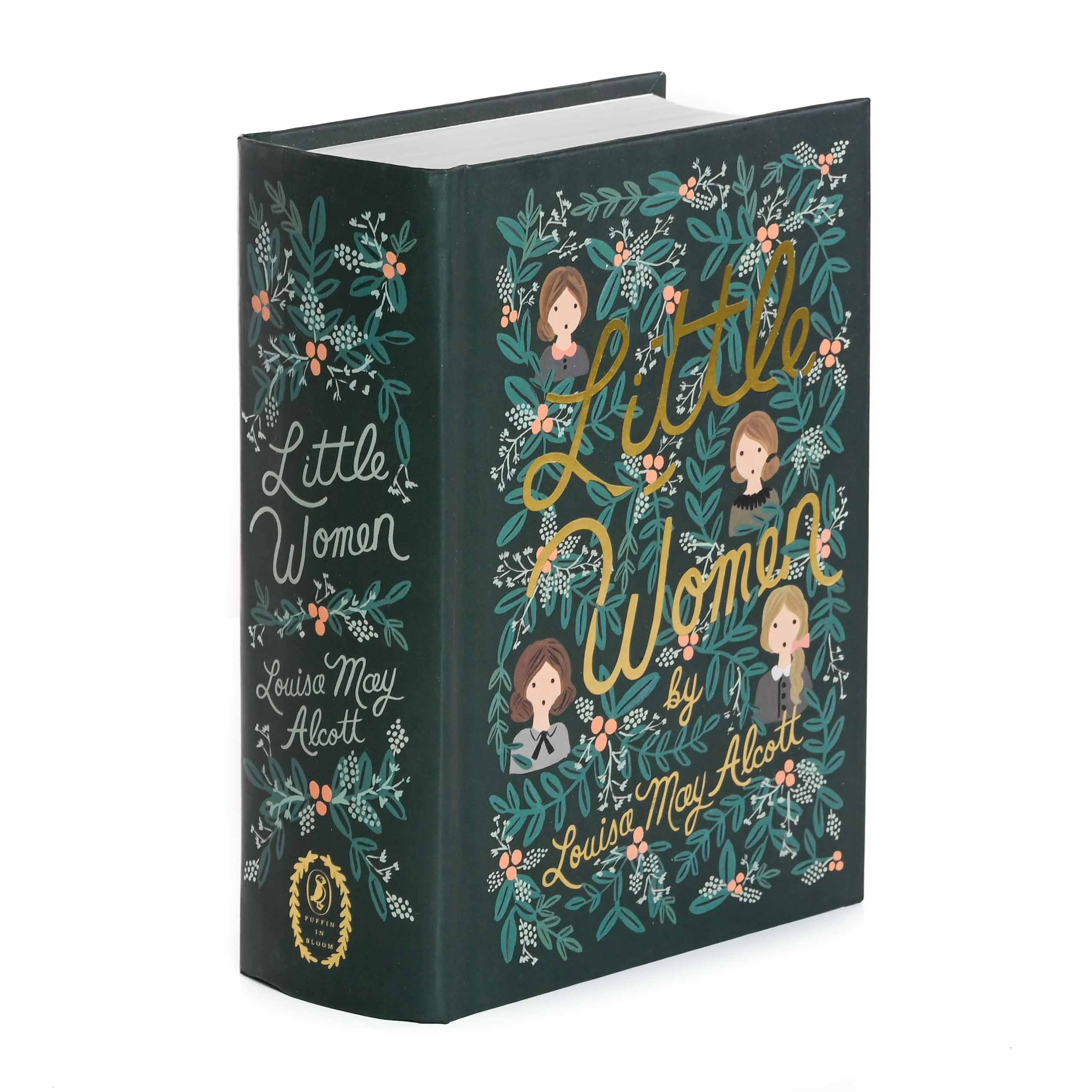A Comprehensive Guide to the Process of Hardbound Books Printing
When you begin the journey of hardbound book printing, understanding the whole procedure is crucial. From preparing your manuscript to choosing the right materials, each action plays a crucial function in the final product. You'll need to consider design components and printing strategies that suit your vision. As you navigate via binding and quality assurance, you'll discover that every decision affects guide's overall charm. So, what follows in this complex procedure?
Understanding the Hardbound Publication Structure
When you explore the world of hardcover publications, you'll quickly discover that their framework is distinctive and deliberate. You'll find a fabric or leather covering, which not only boosts aesthetics yet additionally includes to the book's longevity.
The message block itself is composed of several trademarks, or folded sheets, sewn with each other for strength. You'll see that the spinal column is strengthened, permitting a smooth lay-flat reading experience - hardcover books. In addition, the publication's weight usually shares a feeling of top quality and permanence
Hardcover books generally include a dirt coat, which acts as a marketing device while protecting the cover. Understanding these elements helps you value the craftsmanship behind hardcover books and their distinct appeal in the literary globe.
Manuscript Preparation and Editing And Enhancing
Getting your manuscript all set for printing is important, and it starts with correct formatting standards. You'll require to understand the editing procedure to refine your job and guarantee it reverberates with visitors. Plus, grasping checking strategies can aid you capture those pesky mistakes prior to your book goes to publish.

Manuscript Format Guidelines
Proper manuscript formatting is vital for developing a professional-looking hardcover book. Make sure to proofread your manuscript for consistency in design, ensuring that everything from punctuation to spacing adheres to your chosen guidelines. Complying with these steps will certainly establish a strong structure for your publication.
Editing Process Essentials
Modifying your manuscript is a necessary action that can transform it from a harsh draft right into a sleek last product. Keep in mind, modifying isn't just concerning dealing with errors; it's about refining your voice and ensuring your message resonates with viewers. Embrace the procedure, and you'll see your manuscript luster.
Proofreading Techniques Summary
As soon as you have actually brightened your manuscript through editing and enhancing, the next step is to guarantee it's correct that could distract visitors. Start by relaxing after editing; fresh eyes catch mistakes better. Review your manuscript aloud-- this helps you hear awkward phrasing and place typos. Use digital devices like spell checkers for first scans, yet don't rely only on them. Take into consideration publishing your manuscript; analysis theoretically can disclose errors that screens miss out on. Emphasis on one type of mistake at once, whether it's spelling or grammar, to stay clear of feeling overwhelmed. Employ a trusted good friend or specialist proofreader to provide a fresh perspective. Their feedback can highlight problems you might neglect.
Designing the Book Cover and Interior
When you're making your publication cover and inside, you'll intend to concentrate on essential layout elements that record your audience's focus. Picking the best typography styles and carefully selecting shades and images can make all the difference in communicating your publication's motif. Let's check out how these selections can raise your work and attract readers.
Important Style Elements
Creating a distinctive publication cover and a well-designed interior is important for drawing in viewers and improving their experience. Start with the cover; it's your impression. Select shades and photos that reflect your book's style and state of mind. Ensure your title stands apart and is readable, also in thumbnail dimension.
For the inside, emphasis on format and white room. A tidy, organized layout assists readers navigate easily. Consider making use of chapter headings and subheadings to lead them with the material. Aesthetic components, like illustrations or graphics, can additionally boost interaction but should enhance the text, not overwhelm it. Bear in mind, a natural design throughout your publication cultivates a professional look that can significantly influence a reader's decision to choose it up.
Selecting Typography Designs
Typography plays a vital function in both guide cover and interior decoration, forming how visitors regard your content. When picking typography designs, consider your publication's style and target audience. A classic serif font style might function well for literary fiction, while a modern sans-serif could suit a modern novel. Warranty readability; your message must be very easy on the eyes, especially for longer flows. Take notice of font size and line spacing, as these elements affect total circulation. Mixing fonts can add passion, but limit it to two or three to keep comprehensibility. Finally, believe about hierarchy-- use different designs for headings and body text to direct visitors easily through your job. Your typography options will significantly influence the reader's experience.
Shade and Imagery Option
Selecting the best colors and imagery is vital for capturing readers' attention and communicating your publication's styles. Begin by considering your genre; dynamic shades could work for a kids's book, while soft tones fit a secret book. hardcover books. Use imagery that reverberates with your material-- pictures, pictures, or abstract designs can enhance your message
When making the cover, make particular the images does not overwhelm the title and author's name; clearness is key. This cohesive approach not just elevates your book's visual but likewise enriches the viewers's experience, making it extra unforgettable.
Picking the Right Paper and Products
When picking paper and materials for your hardbound publication, it's important to contemplate article exactly how they'll affect the total feel and look of your job. Start by choosing the best paper weight; much heavier supply commonly communicates high quality and resilience, while lighter paper can create an extra delicate touch. Think about the coating as well; shiny paper boosts photos and colors, while matte can offer a sophisticated, understated appearance.
Do not forget the cover materials. Fabric, leather, or published paper can establish the tone for your publication. Choose for acid-free paper to stop yellowing over time if your project includes images. Additionally, assume concerning the binding materials; utilizing top quality adhesive warranties your book lasts.
Eventually, the options you make right here show your vision, so take the time to sample various products (hardcover books). Your choices will certainly assist develop a publication that's not just visually appealing but also sturdy and practical
The Printing Process: Techniques and Technologies
A range of printing strategies and technologies can bring your hardcover book to life, each offering one-of-a-kind advantages. Digital printing is a preferred option for short runs, permitting fast turnaround and cost-efficient services. It's perfect when you need to print smaller quantities without sacrificing quality. On the various other hand, countered printing master generating large quantities, delivering consistent and top notch outcomes. This method is ideal for comprehensive magazines where color precision and fine details matter.
For special impacts, you may think about strategies like foil stamping or embossing, which can add a lavish touch to your cover. Furthermore, you can go with various inks, including eco-friendly alternatives that deal with environmentally aware readers. Recognizing these techniques assists you make educated decisions, guaranteeing your hardcover publication not just looks excellent but additionally satisfies your manufacturing requires effectively. Select the best technique to elevate your book's charm and effect.
Binding Approaches for Hardbound Books
Numerous binding methods can transform your hardbound publication right into a eye-catching and long lasting item. One popular alternative is the instance binding technique, where the pages are sewn with each other and after that this contact form connected to a rigid cover. This supplies excellent resilience and a specialist appearance. An additional method is the perfect binding, which makes use of adhesive to hold the pages with each other, permitting for a smooth spinal column however less durability contrasted to case binding.
You may additionally think about spiral binding, which allows your publication to lay level, making it ideal for guidebooks or workbooks. Each binding method has its benefits and fits various needs, so think regarding your book's function and target market when picking the ideal choice for your job.
Quality Assurance and Final Touches
After picking the right binding method for your hardbound book, quality control becomes vital to verify your final item satisfies your assumptions. Begin by examining the printed pages for any mistakes or incongruities in shade and format. You do not intend to miss out on any type of typos or misprints that can influence your visitors' experience.
Following, check the binding stability. Validate the pages are securely connected and that the spinal column is tough. A well-bound publication not just looks specialist yet additionally really feels long lasting in your hands.
Furthermore, pay focus to the cover. Search for any type of scuff marks or imbalances in the art work. Make certain they're used constantly throughout all duplicates. if you have actually opted for special coatings like embossing or foil stamping.
Finally, conduct an extensive evaluation of the entire set before transferring to circulation. By doing this, you can validate that every book reflects your high requirements.
Frequently Asked Inquiries
How Long Does the Hardcover Publication Printing Refine Typically Take?

What Is the Minimum Order Amount for Hardcover Books?
The minimum order quantity for hardbound publications usually begin around 100 duplicates, yet it can differ based on the printer. You ought to consult your selected printing solution More about the author for their details needs and pricing.

Can I Print Hardcover Books in Personalized Sizes?
Yes, you can print hardbound publications in personalized dimensions. Many printing solutions offer flexibility with measurements, allowing you to select a format that suits your job. Simply confirm the specs before placing your order.
Are There Eco-Friendly Options for Hardcover Book Printing?
Yes, you can locate green alternatives for hardbound book printing. Lots of firms utilize lasting inks and recycled materials. Just ask your printer regarding their environment-friendly techniques to ensure your task aligns with your ecological worths.
What Are the Expenses Associated With Hardcover Publication Printing?
When considering hardcover book printing costs, you'll require to factor in products, style, and printing techniques. Additional expenditures like shipping and binding can additionally affect your total spending plan, so strategy accordingly for your task.
When you begin the trip of hardcover publication printing, comprehending the entire procedure is important.A variety of printing techniques and technologies can bring your hardbound publication to life, each offering distinct advantages. Just how Long Does the Hardcover Book Printing Refine Usually Take?
The hardcover book printing procedure generally takes about 2 to 6 weeks.Yes, you can find green options for hardbound book printing.